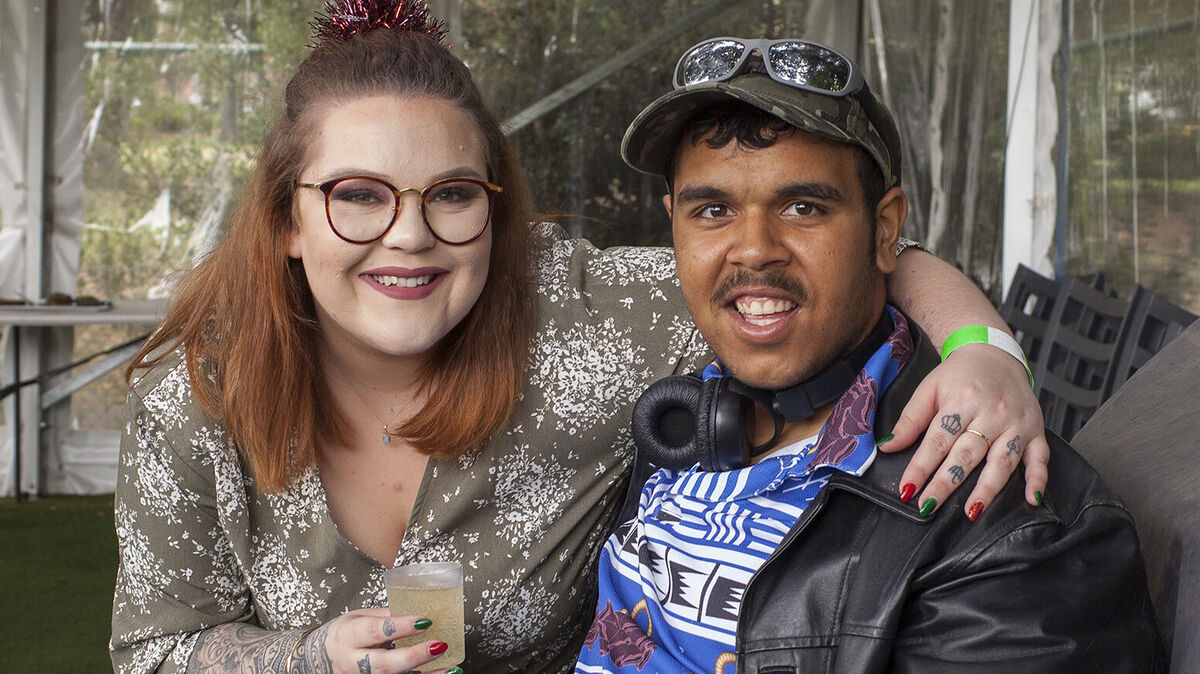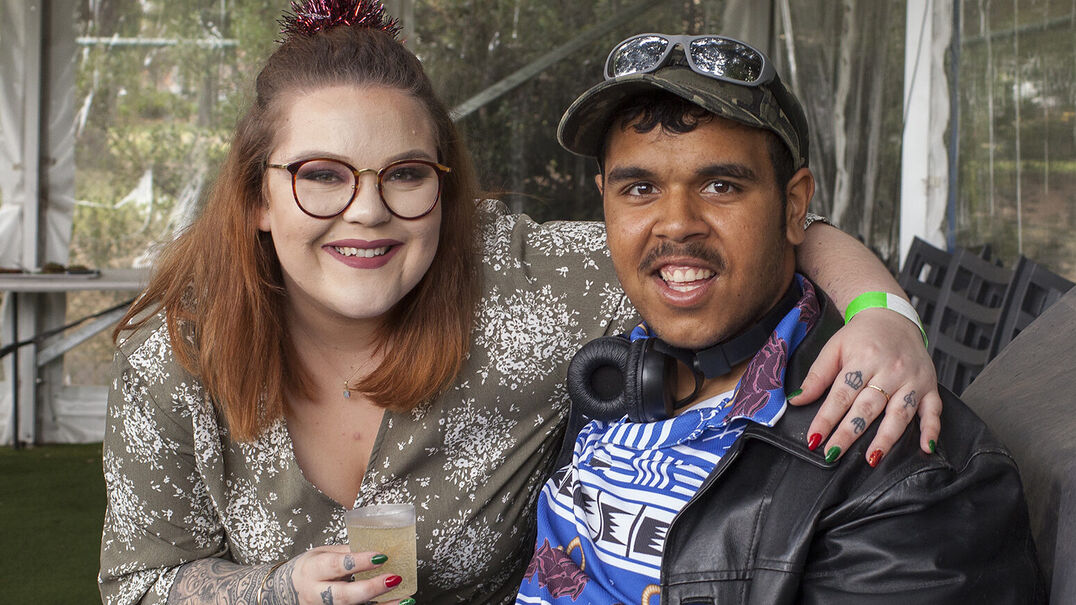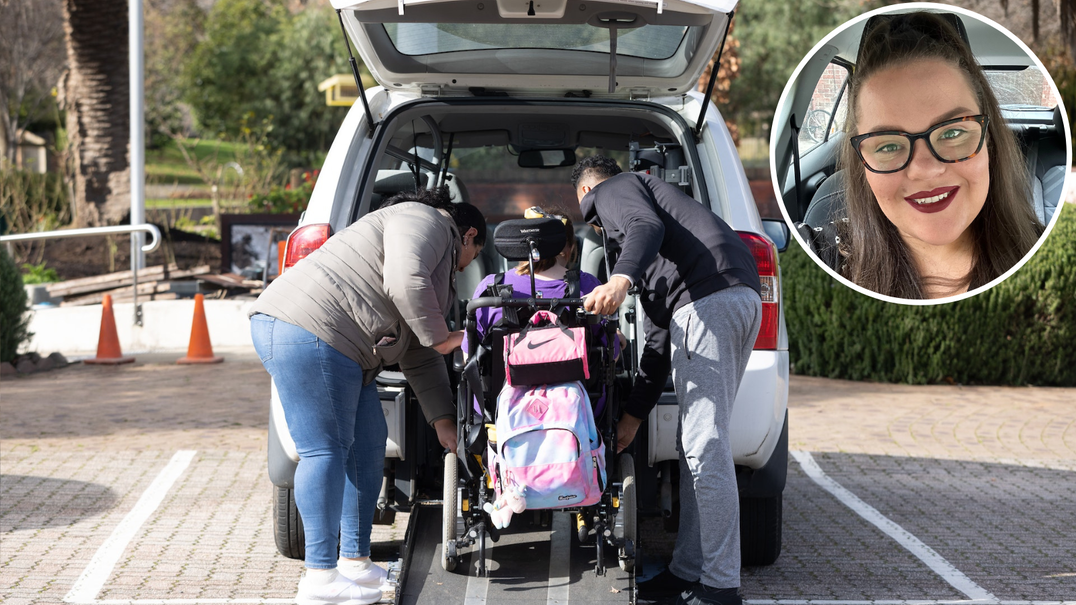A client and I were stuck at home on a cold and windy night. She was feeling frustrated and bored because we hadn’t been able to get out of the house.
I thought ‘Let’s do something fun’ and asked if she’d like to have a pyjama party. She dressed up in her favourite pair of pink pjs that she was given as a birthday present and I put on my jammies too.
Instead of ordering pizza, we made our own homemade version using Lebanese bread and packed it full of veggies to keep things healthy.
Grabbing a doona each, we snuggled up on the lounge and switched on Goosebumps and Ted 2 before laughing the night away.
I look back on this night fondly.
When it’s sunny and warm outside and we have freedom of movement, it’s so much easier for everyone, including our clients, to join in activities or get out in the community.
But sometimes, especially with wintery weather and recent lockdowns, it can be a bit more challenging. I can find myself thinking ‘what am I going to do all shift?’ or ‘how will I keep my client engaged?’.
That’s when I go back to basics and the principles of Active Support. Best of all, it’s easy to do anywhere at any time.
I joined an Active Support workshop about eight years ago and it continues to inspire me to work with this philosophy.
It’s something I come back to when I'm looking for ways to keep a client engaged or can see someone is struggling with certain aspects of life.
Unlike in the past, where you might have done things “for” someone, now you are doing it “with” someone. Active Support aims to empower clients and support independence.
Basically, you’re trying to work yourself out of a job wherever possible by providing just the right amount of support. It can start with small steps.
As support workers, we can use every opportunity in the day, from the time someone gets up out of bed to when they go to sleep at night.
For example, instead of making a cup of tea for someone, you work together. This could be done by using a different kettle that doesn’t need to be lifted. A client could put their tea bag in a cup or get involved by telling you if the tea is to their liking.
There are many simple ways you can get started with Active Support. Here are just a few examples I use:
- Try making regular leg stretches or exercises fun, rather than a daily chore. Ask your client to choose their favourite music. Provide support and encouragement to push a little harder or hold a stretch for just a bit longer.
- When I work with a person who isn’t able to physically assist with cooking, I always make sure I’m talking about what I’m doing. Knife safety may be a consideration, but remember there’s always stirring a mixture (and licking the spoon!). Any time I know someone is a fan of MasterChef, I look for ways to turn tasks into challenges - who can make the best toast?
- At dinner, a client who is non-verbal can let me know what they want to eat when presented with options or pictures to choose from. The same goes when we’re out and about grabbing a coffee.
The whole point is to enable our clients to be involved and have “just the right amount” of support to have control in their life.
Really, there are 101 ways you can get someone involved in an activity.
Being at home can actually be a good time to focus on Active Support and those small things that you don’t normally get around to, but can still be incredibly important because you and your client are doing them day-in and day-out.
And remember to keep track of your progress and always celebrate the small things!
Ally Brown is InLife’s Creative Client Planning Lead. Passionate about disability support work, Ally has experience across group support, capacity building and independent living.



